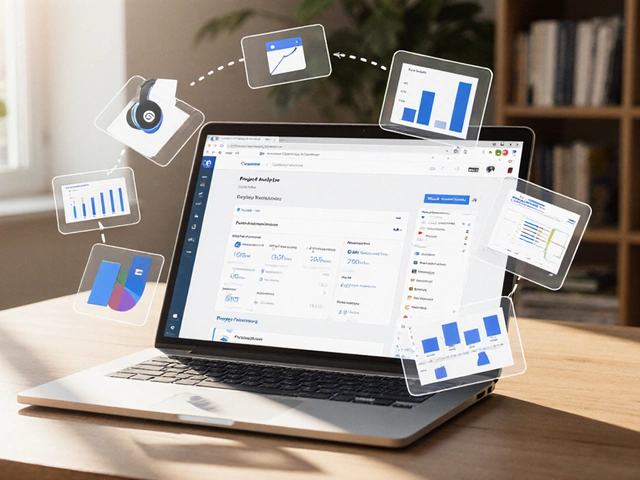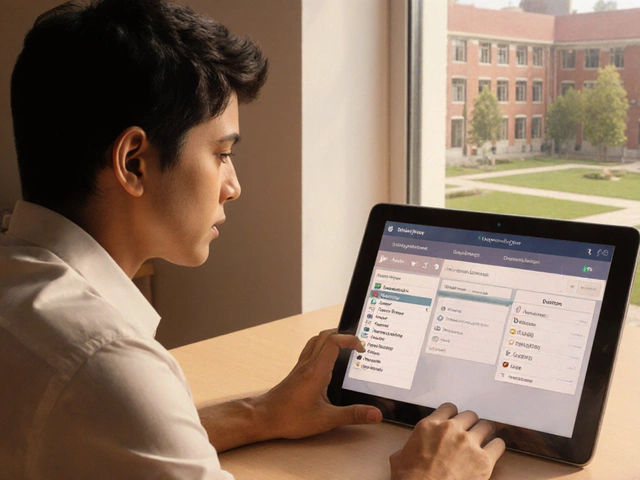2 Year Degree: Your Fast‑Track Path to a Skilled Career
When talking about 2 year degree, a short‑duration academic program that blends classroom theory with hands‑on practice, most people think of an associate‑level credential that can be earned in roughly 24 months. Also called an associate degree, it’s a bridge between high school and a full‑time bachelor’s program, but more importantly it’s a direct ticket to the workforce. Vocational degree, a qualification focused on specific trades or technical fields often falls under the 2‑year umbrella, giving you the exact skills employers look for. In many cases a higher diploma, an advanced post‑secondary credential usually lasting one to two years can either lead into or be stacked on top of a 2 year degree, creating a clear ladder toward higher earnings. All of this ties into vocational training, hands‑on learning that mirrors real‑world job tasks, which is the engine that powers the degree’s job‑ready promise. Finally, the whole ecosystem supports robust career development, the ongoing process of building skills, experience and professional growth for anyone looking to move up the ladder quickly.
So how does a 2 year degree actually work? First, it bundles core academic subjects—math, communication, basic science—with industry‑specific modules like IT support, automotive technology, or health‑care assistance. The curriculum is built around the idea that you need both a solid foundation and the ability to apply it right away. That’s why most programs include labs, internships or apprenticeships that count as credits. The result is a credential that not only satisfies academic standards but also checks the boxes for employers seeking immediate productivity.
Why Choose This Path Over a Longer Program?
Speed is the biggest draw. You can graduate in two years instead of four, which means you start earning sooner and avoid extra tuition fees. But the savings don’t stop there. Because the coursework is tightly aligned with industry standards, you often qualify for job‑placement assistance, industry‑partner scholarships, or even guaranteed interviews. That’s a stark contrast to many four‑year degrees where the link between coursework and job market can be vague.
Another advantage is flexibility. Many schools offer evening, weekend or online sections, letting you work part‑time while you study. This hybrid model mirrors real‑world schedules and helps you build a professional network before you even get your diploma. If you later decide you want a bachelor’s, most 2 year degrees transfer easily into the first two years of a related four‑year program, making the whole education journey smoother and cheaper.
Finally, the credential is a solid foundation for lifelong learning. Employers value the practical know‑how you pick up during a 2 year degree, and they often sponsor you for certifications or short courses that keep your skills current. In short, the degree isn’t an end point; it’s a launch pad for continuous career development.
Below you’ll find a collection of articles that dig into the specifics you’ll need to decide if a 2 year degree is right for you. From cost breakdowns and financial aid tips to real‑world salary data and the best trades to study, the posts cover the whole landscape. Read on to see how each piece fits into the bigger picture of fast‑track education and skilled career growth.

Highest Paying 2 Year Computer Courses in India
Curious about which 2-year computer course can boost your salary the fastest? This article breaks down the top high-paying diplomas you can complete in just two years in India, and why employers are looking for these skills. You'll get practical advice, surprising facts, and tips on choosing the right course for your goals. We’ll also look at what makes some diplomas stand out in today’s job market. Let’s find out which option could really change your career path.
View More



